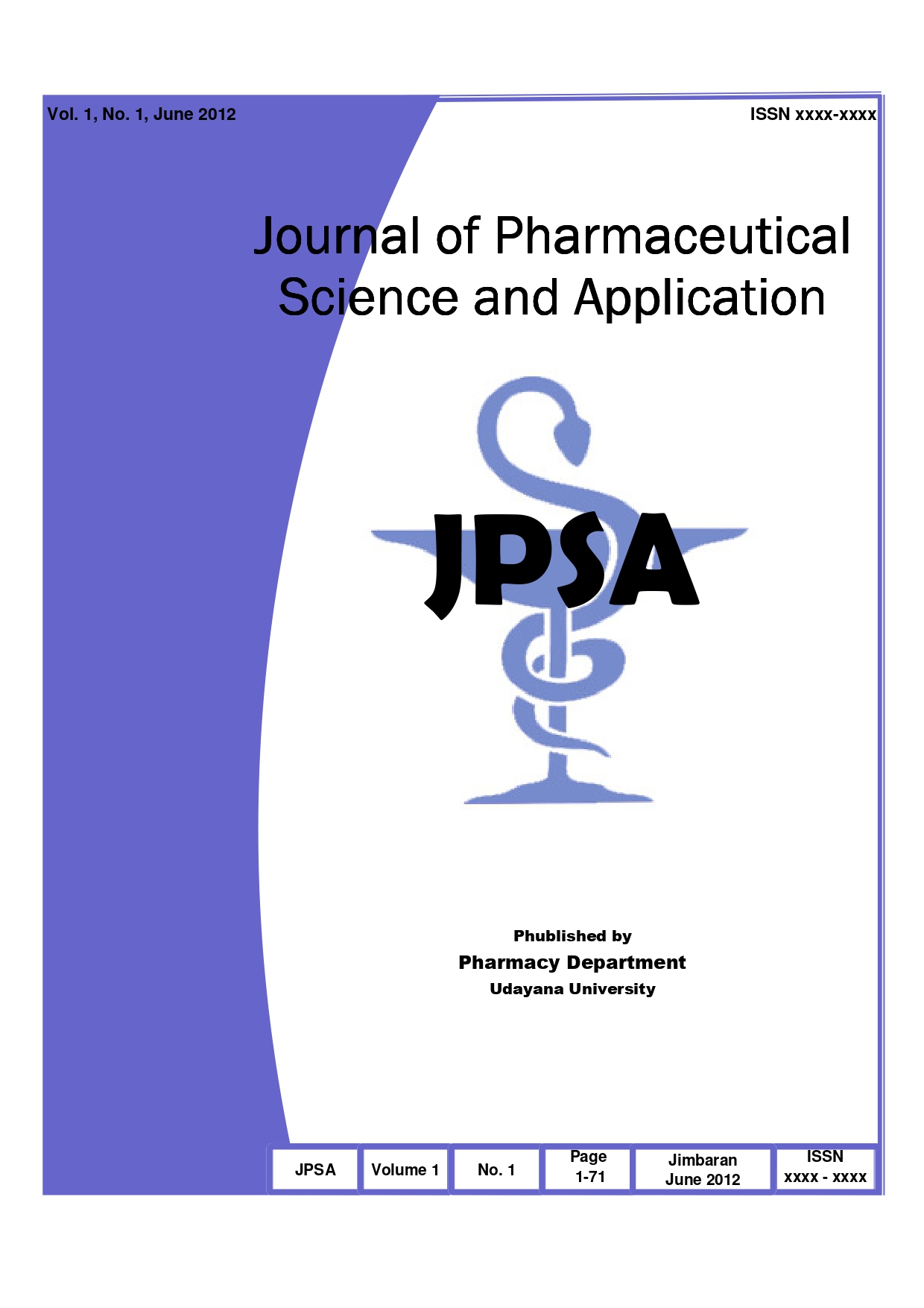Antihypertensive Drug Use in Patient With Intracerebral Hemorrhage Stroke
Abstract
Intracerebral hemorrhage (ICH) stroke is a type of stroke with the highest mortality rate, with only about 38% of patients who survived for the first year after stroke. Antihypertensive treatment one of the main therapy for reduce the mortality rate in ICH. Based on review from research study journals, peer review journals, guidelines or book about use of antihypertensive drugs in ICH stroke patient and/or hypertensive emergency, uses of nicardipine, labetalol, esmolol and enalapril can be as the first-line therapy to manage acute high blood pressure in intracerebral hemorrhage stroke if there is no contraindication or caution is present. Nicardipine, labetalol, esmolol and enalapril is four agent that reduce blood pressure in a titratable fashion and do not lead increases in intracranial pressure. Hydralazine, sodium nitroprusside and nitroglycerine can be used as alternative agent if nicardipine, labetalol, esmolol and enalapril can not be used in ICH stroke patient.
Keywords: Stroke, Intracerebral Hemorrhage, Antihypertensive Agent
Downloads
Authors who publish with this journal agree to the following terms:
Authors retain copyright and grant the journal right of first publication with the work simultaneously licensed under a Creative Commons Attribution License that allows others to share the work with an acknowledgment of the work's authorship and initial publication in this journal.
Authors are able to enter into separate, additional contractual arrangements for the non-exclusive distribution of the journal's published version of the work (e.g., post it to an institutional repository or publish it in a book), with an acknowledgment of its initial publication in this journal.
Authors are permitted and encouraged to post their work online (e.g., in institutional repositories or on their website) prior to and during the submission process, as it can lead to productive exchanges, as well as earlier and greater citation of published work. (See The Effect of Open Access).

This work is licensed under a Creative Commons Attribution 4.0 International License.


 HOME
HOME














